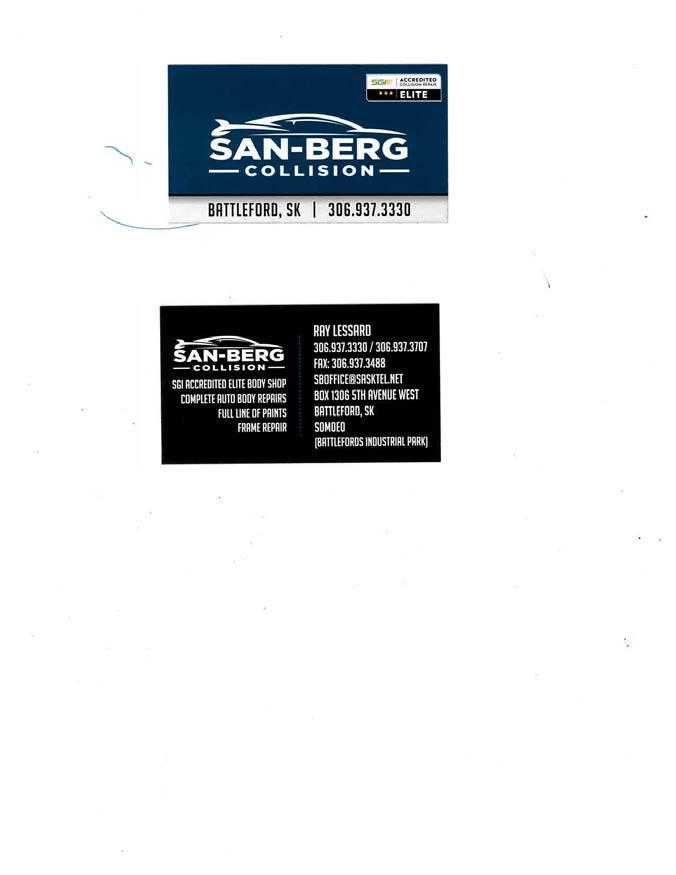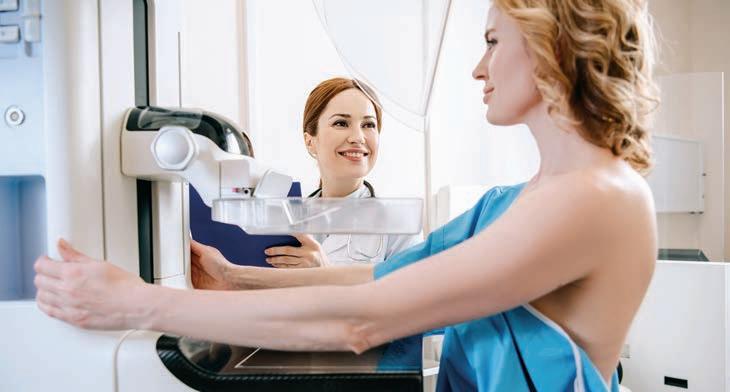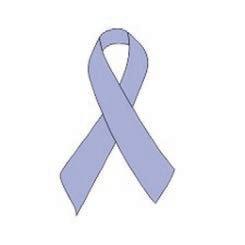
1 minute read
How to conduct a breast self-exam (BSE)
A breast self-exam (BSE) is a screening method that involves women observing and touching their own breasts to detect any signs of change. It doesn’t replace a professional examination but can help with early cancer detection. Here’s how to do a BSE.
WHEN
Advertisement
It’s best to do a BSE immediately following your period because your breasts are the most supple at this time. It’s normal to have small bumps or tenderness when examining your breasts before your period. However, make sure to note any persistent or recent changes.
HOW
Start by visually examining your breasts in front of a mirror. Observe yourself in several positions, like with your arms at your side and raised above your head. Make sure you can see your breasts from all angles. Then, use your fingers to gently feel every inch of your breasts.
WHAT
Pay particular attention to changes in the size or shape of your breasts and the appearance of visible or palpable lumps. Take note if your skin has thickened, changed colour or is red and inflamed. Also, look to see if your nipple has changed in appearance or is deviating and if you notice spontaneous discharge or persistent eczema.
If you notice any of these changes or find something else that seems unusual, immediately report it to your doctor.
What you need to know about mammograms
Breast cancer is more common in older women. Therefore, once you turn 50, you should get a mammogram every two years. If you’re approaching this age, here’s more information about this screening exam.
WHAT’S A MAMMOGRAM?

Simply put, a mammogram is an X-ray of the breast tissue. It provides detailed images from different angles to detect cancer. The procedure usually takes less than a minute and involves placing both breasts between two plastic plates. Clear images can be taken with minimal X-ray exposure when the breasts are flattened.

WHAT ARE THE BENEFITS?
Although mammograms can be slightly painful because the breasts are being com- pressed, it decreases the mortality rate of breast cancer by detecting it early. Although not infallible, mammograms remain the most reliable method of determining if someone has breast cancer.




HOW TO PREPARE
Avoid applying lotion or other products to your skin. Wear a shirt that’s easy to remove and don’t wear any jewelry. You can reduce discomfort by scheduling your mammogram for after your period. Reducing your consumption of caffeinated foods or drinks the week before your appointment may also help. Ask your doctor if you can take painkillers.
For more information, visit cancer.ca.








